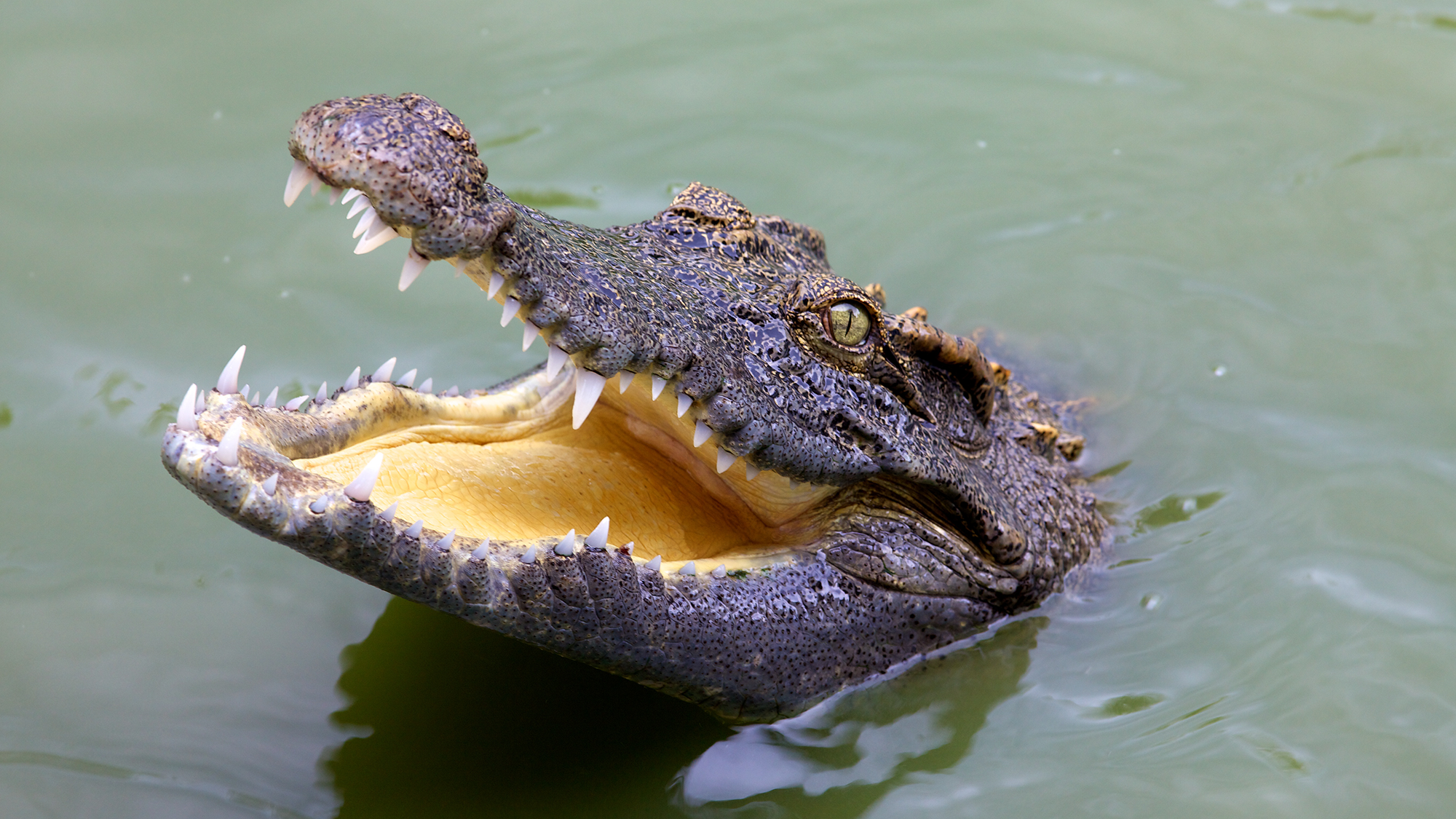

What’s the weirdest thing you learned this week? Well, whatever it is, we promise you’ll have an even weirder answer if you listen to PopSci’s hit podcast. The Weirdest Thing I Learned This Week hits Apple, Spotify, YouTube, and everywhere else you listen to podcasts every-other Wednesday morning. It’s your new favorite source for the strangest science-adjacent facts, figures, and Wikipedia spirals the editors of Popular Science can muster. If you like the stories in this post, we guarantee you’ll love the show.
FACT: Ornithologists play bird chess so you don’t get pooped on
By Amanda Reed
A muderous scene descended on the University of Pittsburgh campus and surrounding Oakland neighborhood in fall 2017. Students and faculty would leave class at the Cathedral of Learning or leave the Carnegie Museum of Art and see hundreds of crows roosting in the trees.
The university sought out the help of The National Aviary in Pittsburgh’s Northside neighborhood, which is the country’s largest aviary (aka bird zoo) and the only one with an honorary national distinction from Congress. However, the university couldn’t play any ol’ bird sounds to scare away the crows: Beloved peregrine falcons roost on top of the Cathedral of Learning, and choosing the wrong predator could scare away the crows and the falcons. The solution laid in the deep hoots of this common North American bird. This story is my magnum opus from college and I’m giving it the flowers it finally deserves.
FACT: Crocodile dung was probably a better birth control method than you’d expect
By Rachel Feltman
Around 4,000 years ago in Ancient Egypt, women were shoving crocodile turds up their vaginas in a bid to keep babies at bay. Shocking? Yes. Upsetting? A bit. Laughable? Well, no. Not really. To be clear, this tactic is far from advisable compared to modern-day options. Even so, it’s quite reasonable to suspect this horrifying method sorta kinda probably worked.
The poo in question would have served as a physical barrier between the vagina and the cervix, which would have prevented some if not all sperm from meeting an egg. In fact, the moldable nature of a somewhat dried turd may have allowed for a more comfortable and effective barrier than a ready-made, hard object, such as a piece of wood or metal. We also know that, at least in some cases, ancient Egyptians were not relying on dung alone. They—smartly!—mixed honey (we now know this is a powerful antimicrobial agent, which would have helped keep this contraceptive from causing gnarly infections) with ground-up acacia leaves (these produce the known spermicide lactic acid, which is one of Phexxi’s active ingredients). It sounds awful. But, by god, it makes sense.
While we don’t know for sure how well such a concoction would have worked, the basic recipe of a physical barrier and a sperm-killing additive is a classic combo, found again and again across the ancient world. The Talmud references women using sponges soaked in vinegar: this, like the Egyptian version, would have provided a cervical barrier, while also making the vaginal pH less hospitable to sperm. Other cultures in antiquity used various toxic substances like lead, mixed with oil and honey, or ghee along with rock salt. Elephant dung made at least one appearance. Now, to my knowledge, no one has put these to the test in a modern experimental setting, for reasons I hope are obvious. But the mechanics make sense.
This is not to say that doctors should tear up their prescription pads and send patients wading into the Nile. We’ve come a long way in our pursuit of reliable family planning. To give just the briefest of overviews: Folks tried to sneeze or high-kick the semen right out of them (this didn’t work). They inserted primitive precursors to IUDs that kept their cervixes permanently stuffed with metal or glass (ow). They took various herbs with varying degrees of success (and varying degrees of death). Less than 100 years ago, Lysol was almost literally marketing its corrosive cleaning fluid as a way to keep ones’ uterus spic-and-span and inhospitable to human life.
To learn more about the wild history of human sex and related shenanigans, check out my book.
FACT: A monkey took a selfie and set off a years-long legal battle
By Stan Horaczek
Copyright law is complicated, especially when wildlife gets involved. In the late 2010s, nature photographer David Slater spent several years in Indonesia to document the endangered Celebes crested macaques. Part of his creative process included setting up a camera on a tripod with a remote trigger cable. One of the monkeys grabbed the cable and started taking photos, which panned out to be adorable monkey selfies. That’s when the trouble started. Since the monkey had technically triggered the shutter by pushing the button on the remote, it seemed possible that the monkey would hold the intellectual property of the image. Since animals aren’t allowed to own IP, the image risked falling into the public domain, which would prevent Slater from licensing the image. This kicked off a legal battle that lasted nearly a decade in order to find out just what happens when a wild macaque tries its hand at professional photography.
